Catalogue 2025
Parcourez ci-dessous le catalogue 2025 des Rencontres Internationales, ou effectuez une recherche dans les archives des oeuvres présentées depuis 2004. De nouveaux extraits vidéos sont régulièrement mis en ligne, les images et les textes sont également progressivement mis à jour.
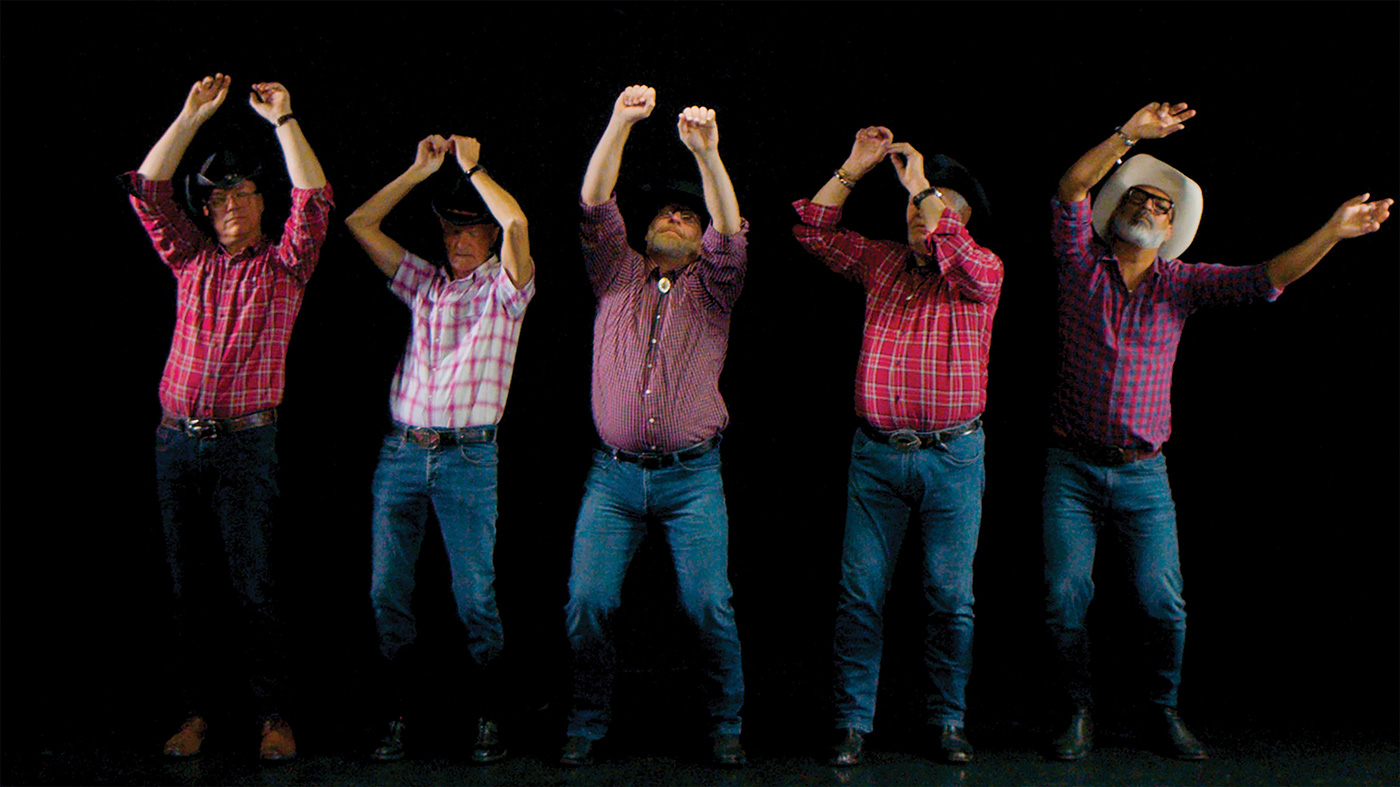

Kim Richard Adler Mejdahl
Glory 1
Vidéo expérimentale | 4k | couleur | 2:0 | Danemark | 2024
Les membres du club de gay linedance « Outliners » dansent dans une pièce noire. Glory 1 est une œuvre vidéo conçue par l’artiste danois pluridisciplinaire Kim Richard Adler Mejdahl. Le scénario onirique met en scène un antidote symbolique au patriarcat et à ses conceptions destructrices de la masculinité. Dans l’esprit de l’artiste, Glory 1 est un symbole de protestation. Voir des cowboys danser ensemble plutôt que de s’affronter devient un geste subversif contre les conceptions conventionnelles de l’homme. C’est une manière de renverser l’idéal macho du patriarcat — celui qui pèse sur les hommes et dicte leurs existences.
Kim Richard Adler Mejdahl est diplômé de la Royal Danish Academy of Fine Arts depuis 2019. Son œuvre protéiforme mêle humour slapstick et horreur gothique, souvent à partir de récits issus de sa propre histoire personnelle. Qu’il s’agisse de sorties d’albums musicaux, de productions filmiques ou de vastes projets d’expositions monographiques, la pratique de Mejdahl explore des thèmes tels que la guérison des traumas, notre relation à la nature, la spiritualité et l’identité de genre. Ses œuvres vidéo ont touché des publics internationaux, avec des projections à travers l’Europe et l’Asie. Sous le nom d’artiste Kim Kim, Mejdahl a réalisé de nombreuses performances live et publié plusieurs albums musicaux. En quelques années, il a collaboré avec un large éventail d’institutions, parmi lesquelles Kunsthal Charlottenborg, le Roskilde Festival, le parc d’attractions danois BonBon-Land, le théâtre Sort/Hvid, et plus récemment KØN – Gender Museum Denmark. En 2025, Mejdahl a reçu la bourse de travail triennale de la Danish Arts Foundation. Son travail est également présent dans la collection de la Galerie nationale du Danemark.
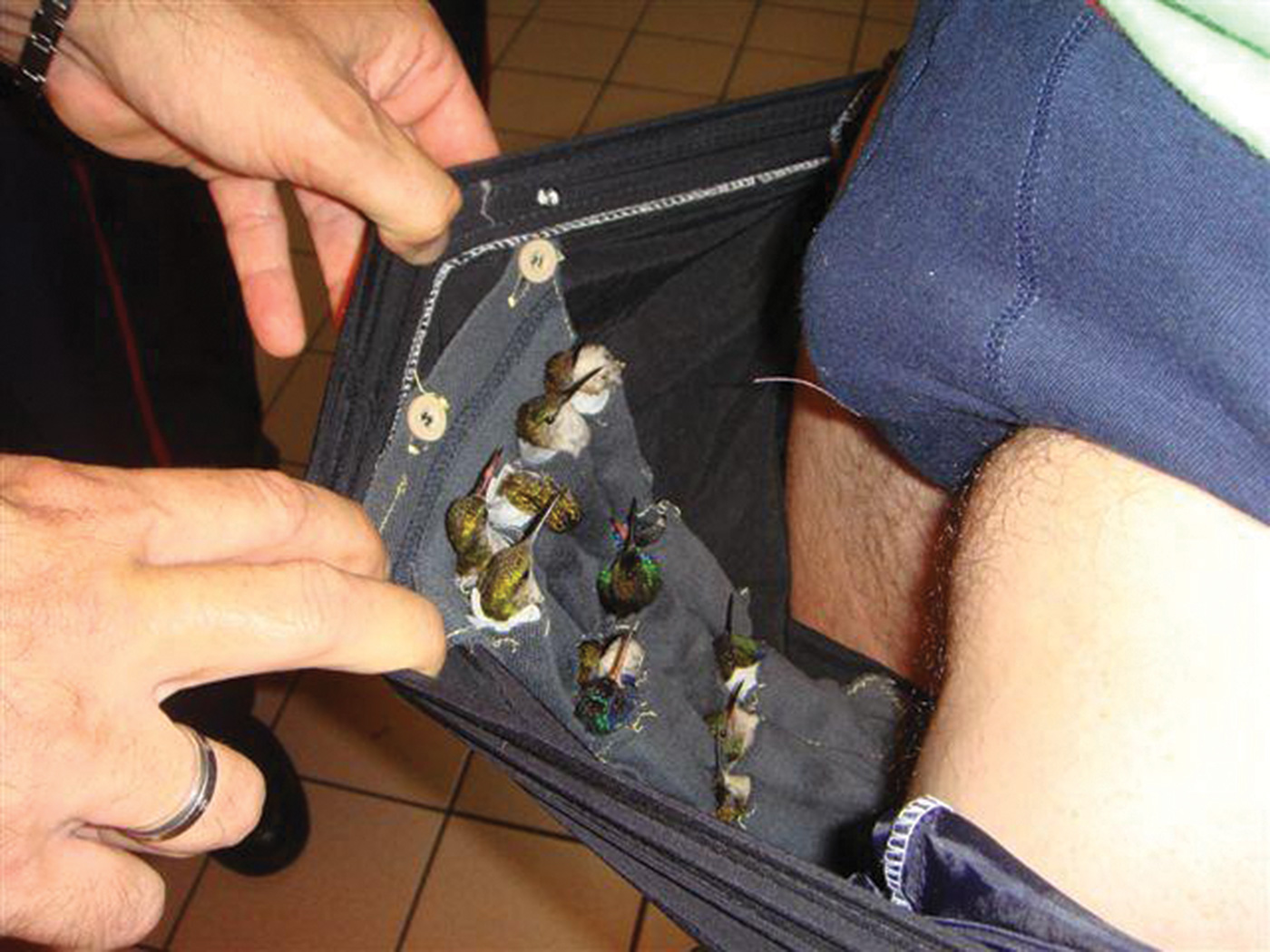
Dina Mimi
The Melancholy of this useless afternoon II
Film expérimental | mov | noir et blanc | 13:0 | Palestine | 2022
The Melancholy of this Useless Afternoon, chapter 2 (2023, 11:25) explore les gestes partagés entre le fugitif et le passeur, ainsi que leur rapport au regard porté sur eux. The Melancholy of this Useless Afternoon enquête sur les liens entre le fugitif et le passeur, leurs gestes communs et leurs relations à la visibilité. Par la fuite, l’évasion, au risque de la capture ou de la mort, le fugitif œuvre à se maintenir caché. Le passeur, quant à lui, se déplace avec discrétion, utilisant des gestes pour dissimuler des choses, souvent tout contre son propre corps.
Dina Mimi est une artiste visuelle et cinéaste palestinienne, basée entre la Palestine et les Pays-Bas. Mimi travaille à partir du film expérimental et de performances-conférences qui explorent la question de savoir comment et quand les corps deviennent des lieux de résistance. Cette question trouve une matérialité dans les images en mouvement, en particulier des images trouvées, rejetées et donc considérées comme dépourvues de valeur. En comprenant le montage comme un terrain de jeu, Mimi explore l’opacité dans les images en mouvement, en cherchant à frôler des fragments qui souhaitent rester insaisissables ou qui sont en train de disparaître. Cela constitue une tentative continue de narration non linéaire, comme une manière de défigurer la sienne.
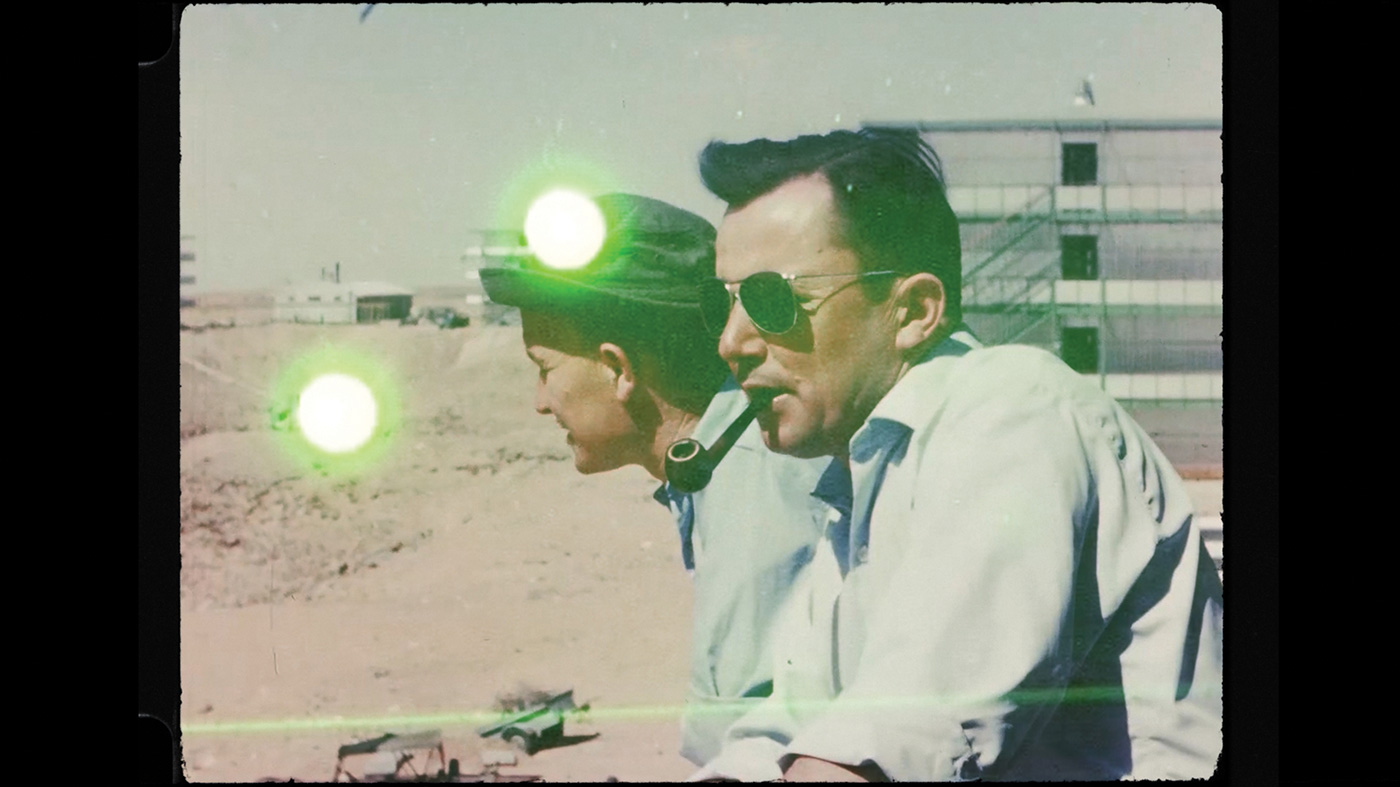
Marcel Mrejen
Larry
Vidéo | 4k | couleur | 10:0 | Algérie | 2024
Sur des images muettes en 16 mm tournées par un soldat français dans l’Algérie occupée, le film met en scène une rencontre entre la mémoire coloniale et le paysage sonore de la guerre contemporaine. À mesure que le militarisme actuel infiltre l’archive, le temps se fissure et les images se mettent à résonner de conflits passés et à venir. Il en résulte une méditation spectrale sur la manière dont la violence coloniale continue de vibrer au cœur des imaginaires militaires d’aujourd’hui.
Marcel Mrejen (FR/DZ), né en 1994 à Paris (FR), est un artiste visuel et cinéaste dont la pratique explore l’articulation des technologies au sein des métabolismes vivants et économiques. Son travail prend des formes variées au sein des médias temporels — installations, cinéma, sound design, apprentissage automatique. Diplômé de la Gerrit Rietveld Academie en 2018, il a ensuite été résident au Fresnoy – Studio national des arts contemporains de 2021 à 2023. Son travail a été exposé ou projeté dans diverses institutions culturelles, parmi lesquelles le Stedelijk Museum (Amsterdam), l’Institute of Contemporary Arts (Londres) ou encore l’Eye Filmmuseum (Amsterdam). Parallèlement à sa pratique artistique, il a co-curaté la première édition de REFRESH: Future-Proof en 2021. Son premier film, Memories of an Unborn Sun, a reçu le prix du Meilleur court métrage à Visions du Réel en 2024, et a été présenté — et récompensé — dans de nombreux festivals à travers le monde. En 2025, il reçoit le Prix Scam du Meilleur film expérimental. En collaboration avec Eliott Déchamboux, il a publié en 2019 son livre L’Europe c’est Deutshland quand tu rates là-bas tu es foutu mon frère, le reste c’est du fouma-fouma, aux éditions Jungle Books.
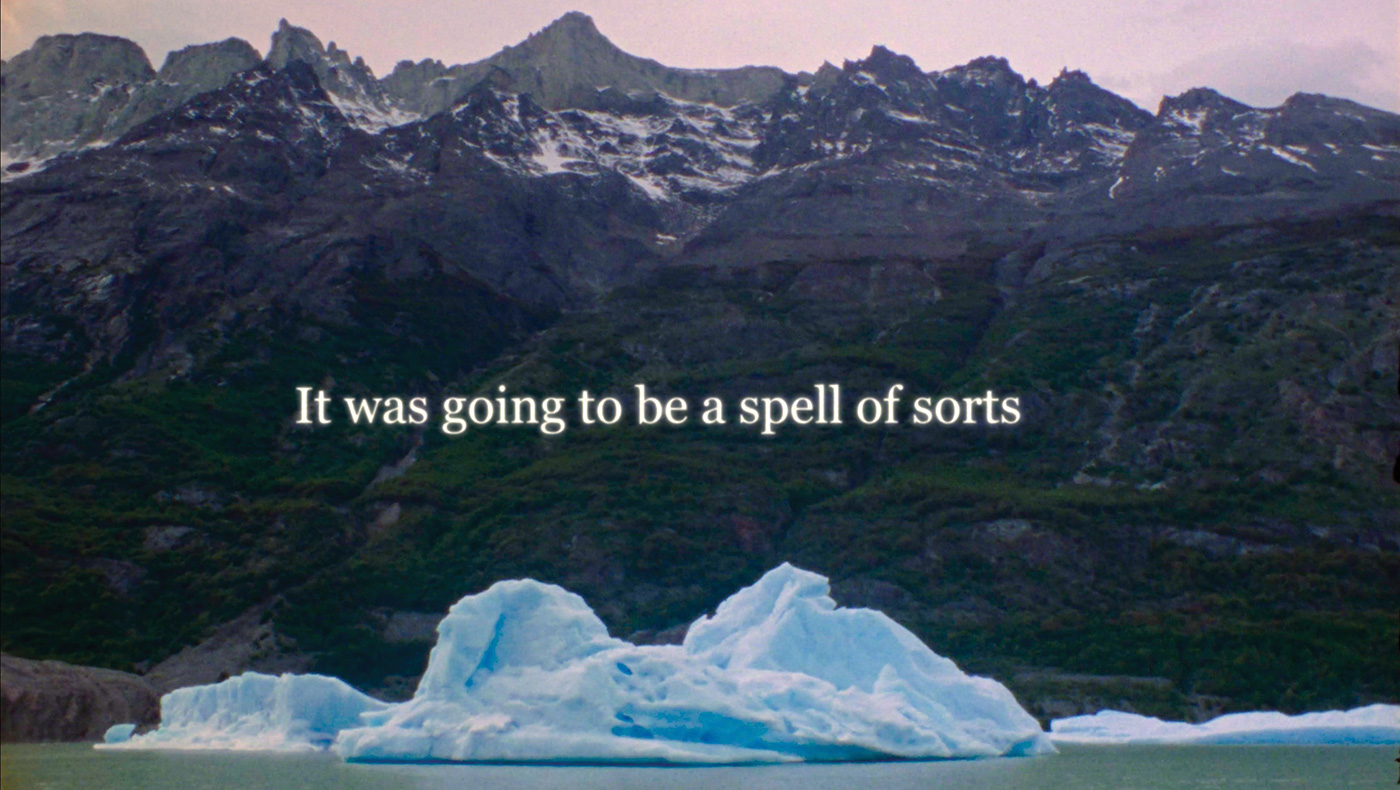
Arjuna Neuman
Promise
Doc. expérimental | 16mm | couleur | 2:30 | Canada, Allemagne | 2025
Quelle est la possibilité, la barbarie ou la folie de créer de l'art, de la poésie, des films alors qu'un génocide se déroule sous nos yeux ?
Arjuna Neuman est un artiste et écrivain. Il a présenté des expositions personnelles rétrospectives de mi-carrière au MACBA de Barcelone, au musée Munch d’Oslo, à la Belkin Gallery de Vancouver, et prochainement à la Kunsthalle Bern. Il a également signé des expositions personnelles à la Kunsthalle Wien, au CCA Glasgow, à The Showroom (Londres), à la TPW Gallery (Toronto), à la Whitechapel Gallery (Londres), à l’Istanbul Modern (Turquie), au MAAT (Portugal), entre beaucoup d’autres. Son travail a été présenté à la Berlin Biennale, à la Sharjah Biennial, à Bergen Assembly, à la 56? Biennale de Venise, à la Qalandia Biennial, à la Ural Industrial Biennial, à Hacer Noche au Mexique, ainsi que dans de nombreuses grandes expositions collectives. Ses films ont été sélectionnés dans des festivals tels que la Berlinale, Images Festival, Doclisboa ou Third Horizon. En 2024, il reçoit le Artist Moving Image Prize au Les Rencontres Internationales Festival ; la même année, il est résident à la Villa Aurora, après avoir été fellow au Flaherty Seminar en 2022. Ses œuvres figurent dans les collections de la Belkin Collection, du Collectors Circle de la Kunsthalle Bern, de l’IAC Lyon et de Platform UK. Une monographie à paraître lui est consacrée chez Archive Books. Comme écrivain, il a publié des essais dans Relief Press, Into the Pines Press, The Journal for New Writing, VIA Magazine, Concord, Art Voices, Flaunt, LEAP, Hearings et e-flux. Il est également le fondateur de Archive of Belonging, une plateforme et une ressource dédiée au soutien des migrants et des réfugiés.
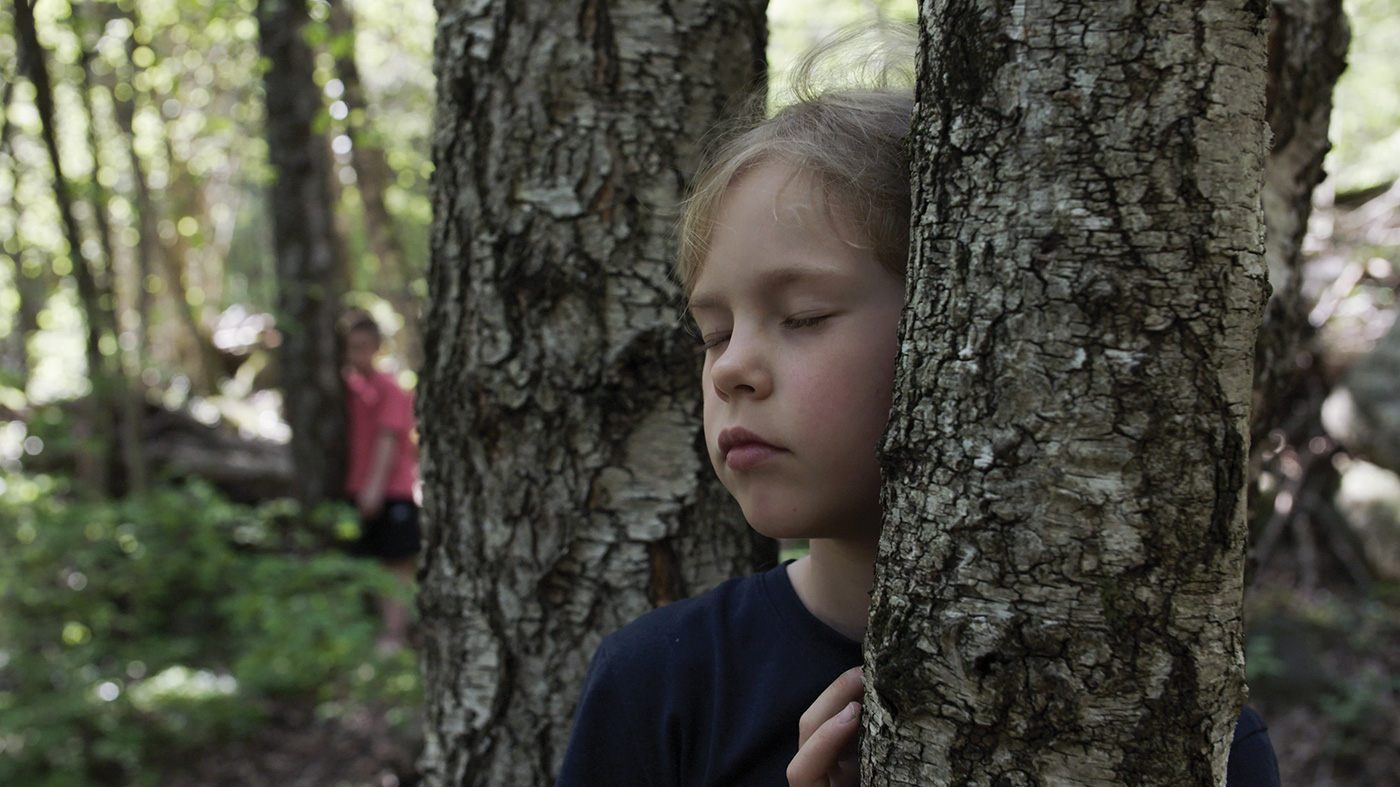
Uriel Orlow
Forest Futures
Film expérimental | 4k | couleur | 28:0 | Suisse, Italie | 2024
Forest Futures est un film poétique et stimulant qui visite les écosystèmes forestiers anciens de la Terre, imagine les forêts du futur face au changement climatique et montre la forêt comme une école multi-espèces où les enfants pratiquent une co-existence plus-qu’humaine. Forest Futures explore la forêt comme un lieu du temps profond, de transformation écologique et d’apprentissage interespèces. Situé dans la région montagneuse du Tyrol du Sud, le film retrace un voyage depuis des forêts fossilisées anciennes, qui prospéraient il y a plus de 280 millions d’années, jusqu’à des visions spéculatives de forêts futures dans un monde en réchauffement rapide. Combinant recherche scientifique et récit imaginaire, le film réinvente la forêt à la fois comme enseignante et comme protagoniste.
Uriel Orlow est un artiste suisse qui vit et travaille entre Lisbonne, Londres et Zurich. En 2023, il a reçu le prestigieux Prix Meret Oppenheim / Grand Prix suisse d’art. Le travail d’Orlow est largement présenté dans des expositions internationales majeures, notamment à la Triennale de Dunkerque, à la Biennale de Kochi, à la 12e Biennale de Berlin pour l’art contemporain, à la Triennale de Katmandou, à Manifesta 12 à Palerme, à la 2e Biennale de Yinchuan, à la 13e Biennale de Sharjah, à la 7e Biennale de Moscou, à EVA International (Limerick), à la 2e Triennale d’Aichi (Nagoya), à Bergen Assembly, à Manifesta 9, à la 54e Biennale de Venise, entre autres. Ses expositions personnelles récentes incluent la Galeria Avenida da Índia à Lisbonne (2025) ; le MCBA à Lausanne (2024) ; la Casa da Cerca à Almada (2022) ; la Kunsthalle Nairs à Scuol (2021) ; La Loge à Bruxelles (2020) ; la Kunsthalle Mainz en Allemagne (2020) ; le Centre d’art de Privas (2019) ; Les Laboratoires d’Aubervilliers à Paris (2018) ; Market Photo Workshop & Pool à Johannesburg (2018) ; la Kunsthalle St. Gallen (2018), entre nombreuses autres. Les films d’Orlow ont été projetés au Tate Modern (Londres) ; au Festival international du court métrage d’Oberhausen ; sur Tank.tv ; à la Whitechapel Gallery (Londres) ; au Festival du film de Locarno ; à la Videonale du Kunstmuseum Bonn ; au BFI London ; sur le BBC Big Screen à Manchester ; à l’Arnolfini (Bristol) ; à l’Espace Croisé, CAC Roubaix ; ainsi qu’à la Biennale de l’Image en Mouvement à Genève, entre autres.
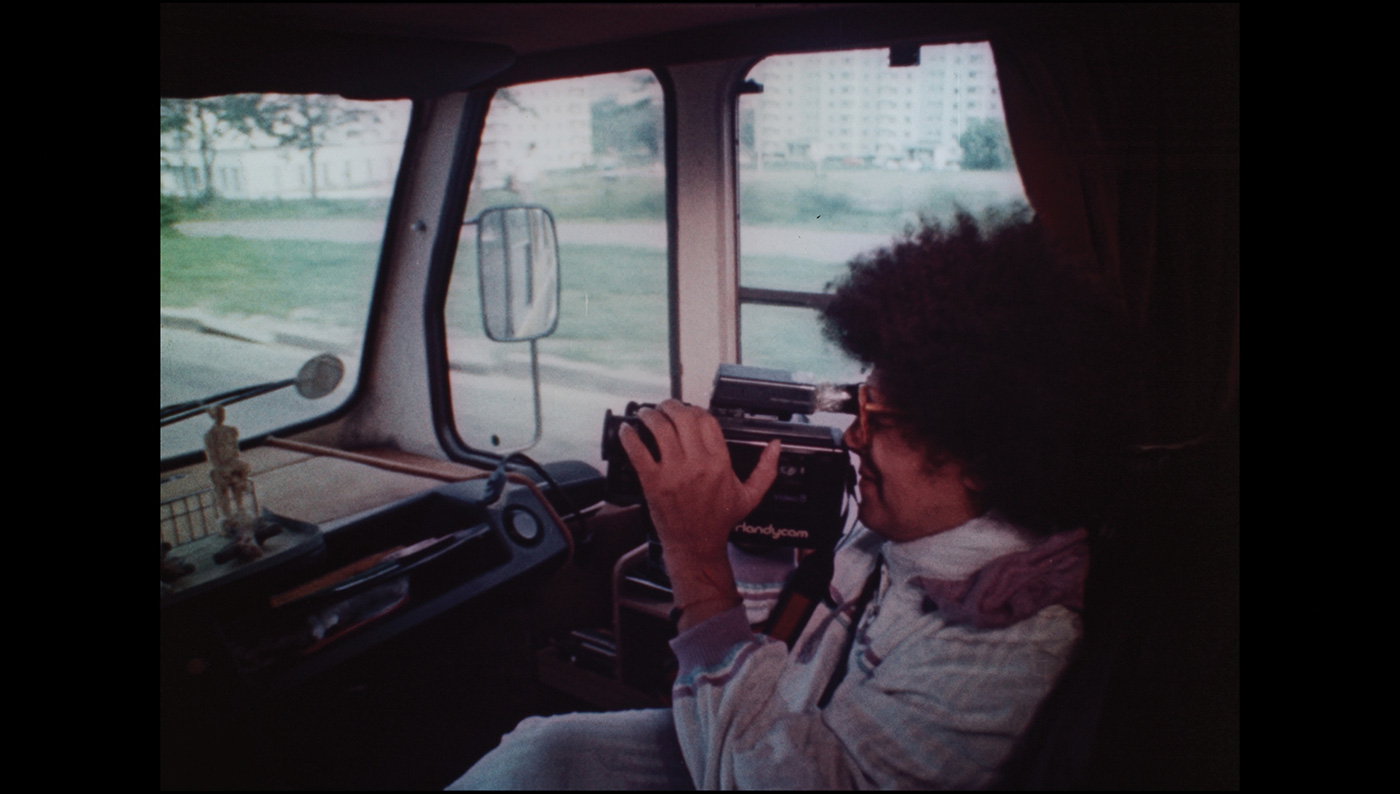
Yana Osman, Anton Khamchishkin
Pwéra úsog
Doc. expérimental | mov | couleur et n&b | 19:50 | Afghanistan, Russie | 2025
En 1945, à Paris, est fondée la Fédération démocratique internationale des femmes (FDIF). Selon l’historienne Francisca de Haan, il s’agit alors de « la plus grande, et probablement la plus influente organisation internationale de femmes de l’après-Seconde Guerre mondiale ». Aujourd’hui encore, son héritage fait débat. Certains chercheurs, s’appuyant sur des rapports du FBI et du House Un-American Activities Committee, décrivent la FDIF comme une tentative communiste de manipuler les femmes. D’autres y voient un mouvement engagé pour les droits des femmes, et des chercheuses comme Elizabeth Armstrong soulignent son rôle dans les luttes anticoloniales et antiracistes menées par des femmes en Asie, en Afrique et en Amérique latine. En 1987, à l’époque de la perestroïka, la FDIF organise à Moscou le Congrès mondial des femmes, sous le slogan : « Vers l’an 2000 — Sans armes nucléaires ! Pour la paix, l’égalité, le développement ! » L’événement réunit 2 800 femmes venues de 150 pays. Parmi elles se trouve la grand-mère de la protagoniste, interprète qui consignait les mots surgissant de conversations venues du monde entier — des mots sans équivalents dans d’autres langues. En revisitant ses notes, des archives filmées et les lieux des délégations officielles, la protagoniste suit ces fragments jusqu’à une question : quels mots peuvent saisir le présent, lorsque le langage lui-même se dérobe, se dissout, et que des slogans empruntés étouffent peu à peu sa propre voix ?
Yana Osman, Anton Khamchishkin (Afghanistan, Russie) — artistes et cinéastes. Leur travail explore les zones manquantes du récit, comblant les non-dits et révélant des narrations en suspens entre réel et imaginaire, faits et spéculations. Leurs films ont été sélectionnés au Hong Kong Film Festival, à DOK Leipzig, à Slamdance, aux Rencontres Internationales Paris/Berlin, et ont bénéficié du soutien du CNC, de la Cité internationale des arts, d’Usage du Monde au 21ème siècle, de l’Institut français, entre autres
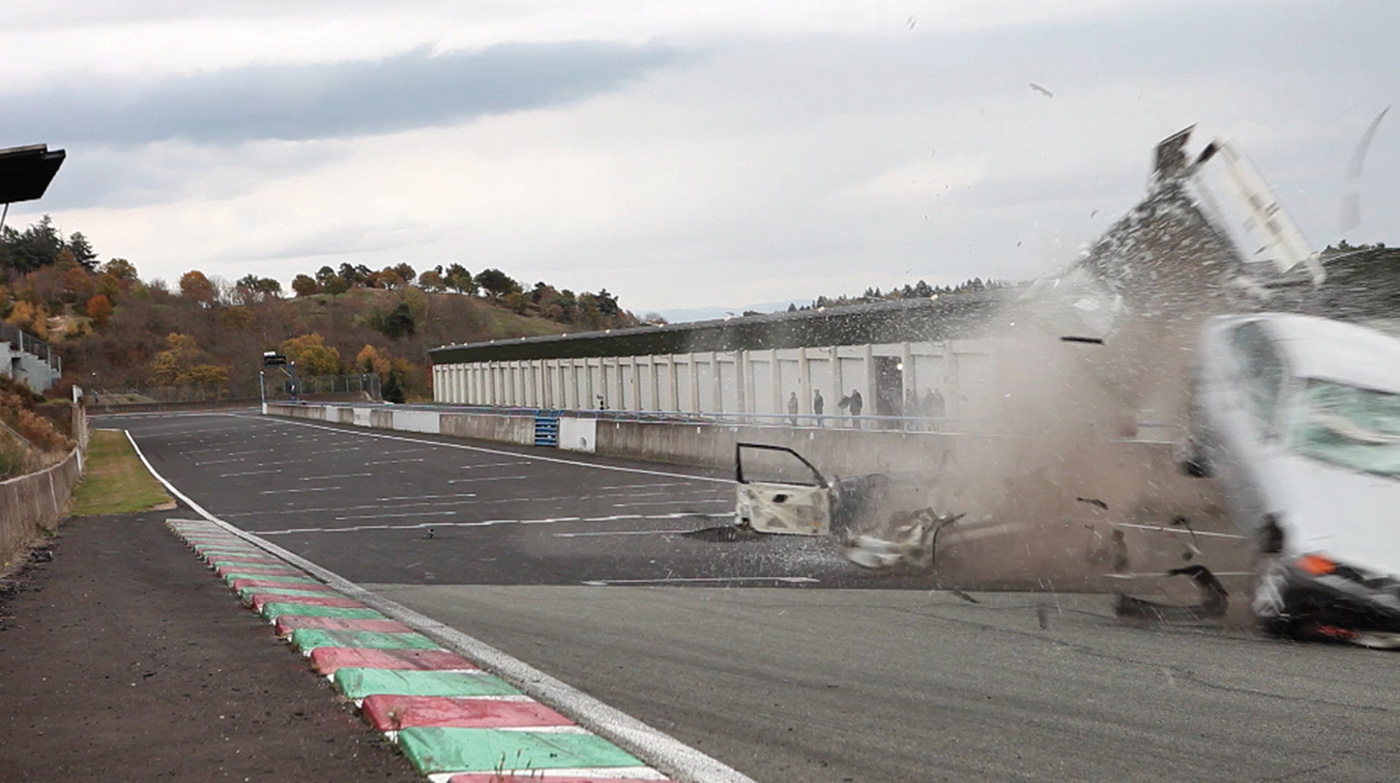
Gael Peltier
Percussion mécanique
Performance | mov | couleur | 2:2 | France | 2018
Pour Gaël Peltier, la vidéo est avant tout le moyen d’enregistrer une performance dont la répétition n’est pas envisageable. Il s’agit d’un art de l’instant qui, comme ici, conduit à une destruction mécanique violente. La proximité avec le cinéma tient dans les procédures des actions auxquelles il se livre, se mettant volontiers en danger et acceptant comme un cascadeur les contraintes et les risques d’une opération minutieusement préparée. Au-delà de cette parenté technique et de références auxquelles on pense inévitablement, tel Crash de David Cronenberg d’après le roman de J. G. Ballard, tout dans cette œuvre s’oppose au cinéma. Il n’y a pas de récit, on se concentre sur un accident, sur l’accélération qui l’y conduit et sur le choc brutal auquel se soumet le performeur. Celui-ci se place entièrement dans le réel ; seuls les protections et le harnachement du conducteur distinguent ce crash volontaire d’un événement fortuit, tel qu’il s’en produit souvent sur la route. Cette similitude intrigue l’œil et indique l’existence d’un désir latent, non seulement de voir mais de participer à ce qui généralement n’est perçu que comme un événement dramatique aux conséquences souvent mortelles.
Gaël Peltier développe une pratique où l’attitude prévaut sur la production d’objets, de ready-mades ou de films, inscrivant son travail dans la lignée d’artistes sans œuvre. Il se définit comme un « artiste infra-conceptuel par défaut », adoptant une position latérale où un protocole appliqué au réel devient matériau. Ses projets mobilisent des engagements précis : prise de 30 kg de surpoids à New York pour un rôle inexistant (La Conjuration, 2010), collision automobile comme action critique (Percussion Mécanique, 2018), ou interventions qui troublent légèrement une situation ordinaire. La vidéo enregistre ces processus, non pour produire un effet, mais pour rendre visibles les conditions d’apparition dans un contexte réel. Il est exposé en France et à l’étranger depuis 2002.
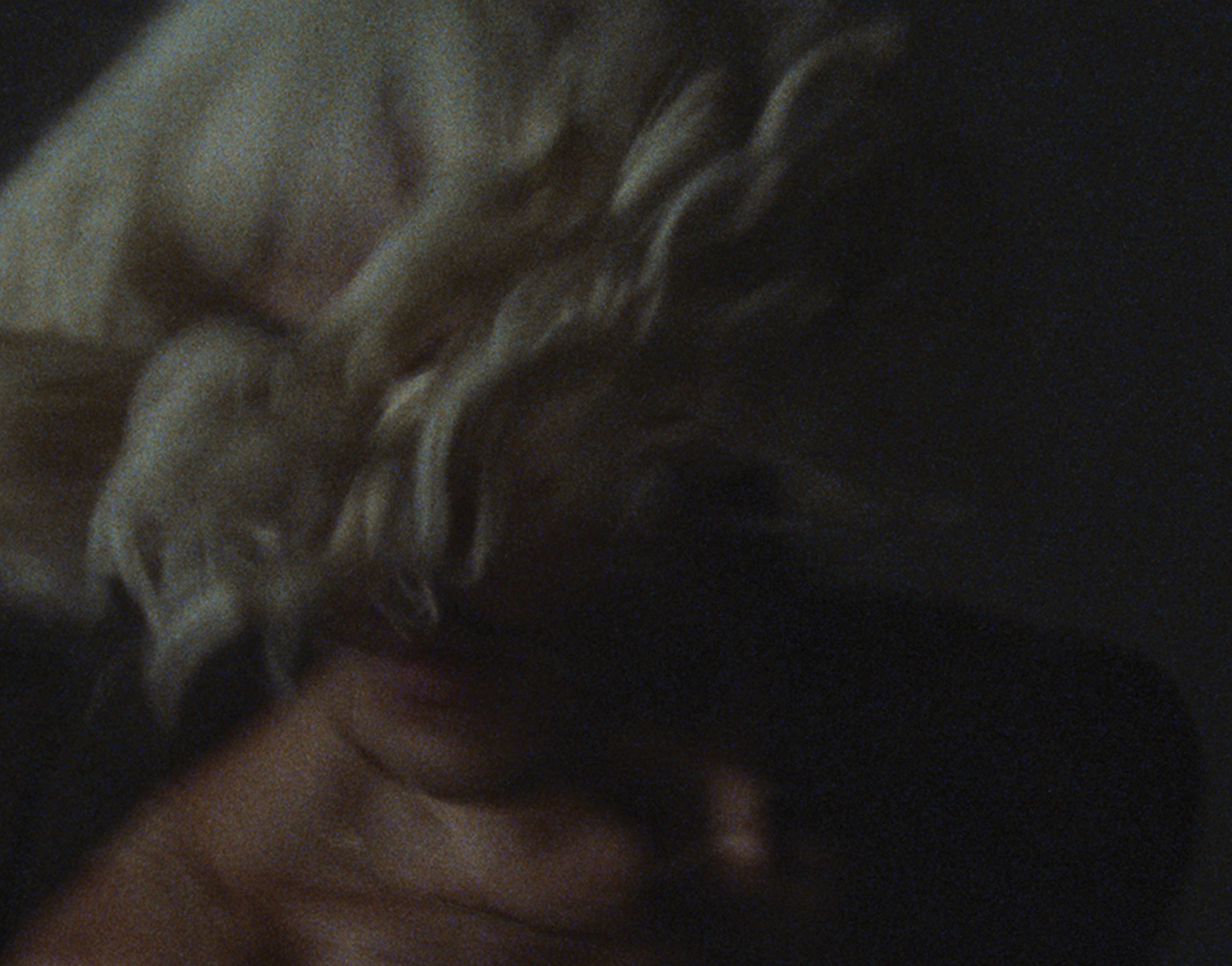
Carlos Pereira
Unruhe
Film expérimental | 16mm | couleur | 11:50 | Portugal, Allemagne | 2024
« Il y a eu dernièrement une étrange épidémie qui s’est répandue parmi le peuple, si bien que beaucoup, pris de folie, se mirent à danser. Ils continuaient nuit et jour, sans interruption, jusqu’à perdre connaissance. Beaucoup en sont morts. »
Carlos Pereira, né à Lisbonne, étudie la réalisation à la Deutsche Film- und Fernsehakademie Berlin (DFFB). Ses films ont été présentés dans des festivals tels que Locarno, San Sebastián et les Rencontres Internationales Paris/Berlin. Son film Slimane (2023) a remporté le Prix du Cercle des critiques de cinéma allemands du meilleur court métrage. Son premier long métrage, Remote Islands, écrit lors d’une résidence au Bergman Estate sur l’île de Fårö, est actuellement en pré-production.
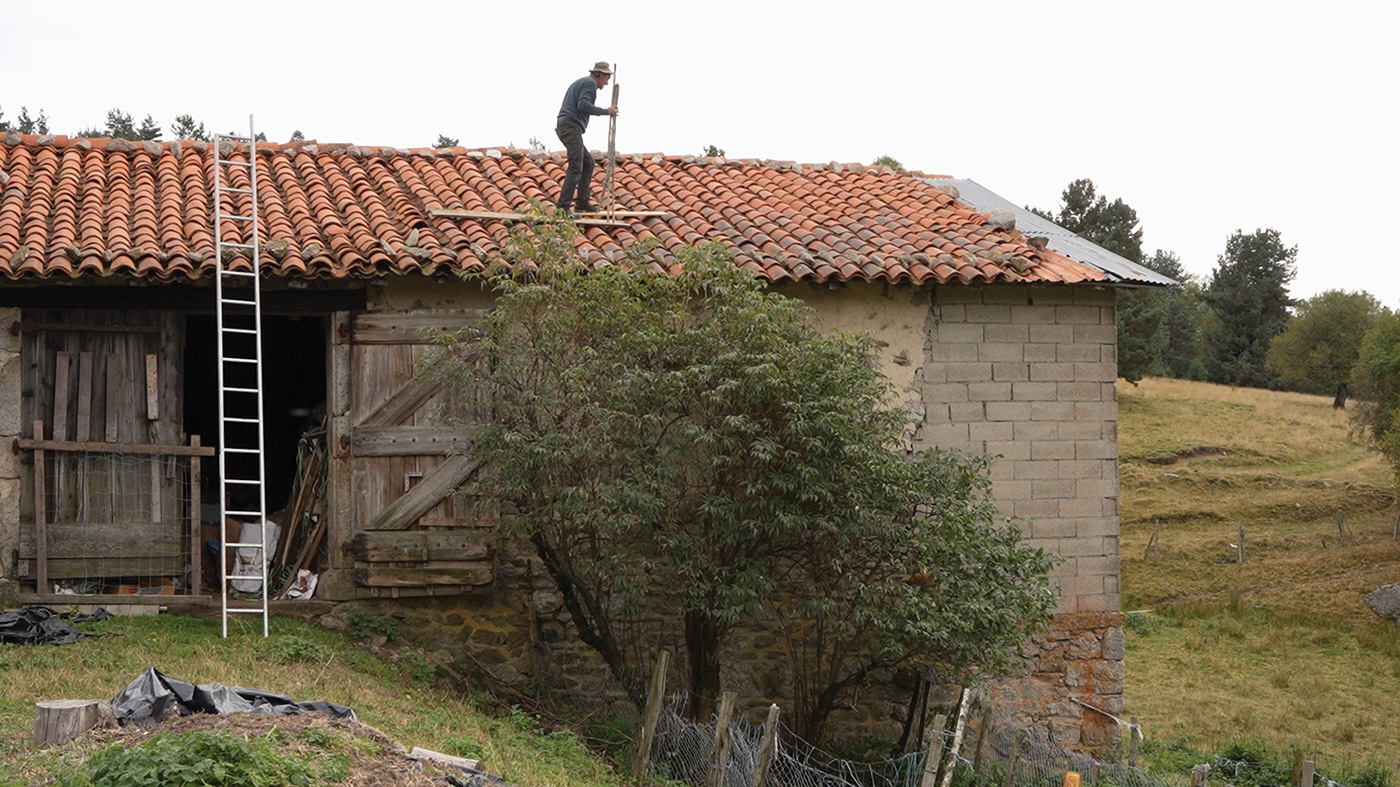
Jean-baptiste Perret
Le quotidien
Vidéo | hdv | couleur | 5:11 | France | 2025
Tourné dans les gorges du Haut-Allier, Le quotidien est le portrait d’un homme qui a fait le choix de vivre seul et à l’écart, dans une cabane à l’orée d’une forêt. Les images sont la capture de ses gestes quotidiens, liés aux besoins essentiels de l’être humain : boire, manger, se laver, réparer, recommencer. "A la manière d’un cinéaste anthropologue, Jean-Baptiste Perret choisit un terrain, souvent rural, et s’y immerge pour de longues périodes. Il noue des relations avec les personnes qu’il y rencontre, filme leur habitat et leurs savoir-faire. Tourné dans les gorges du Haut-Allier, Le quotidien est le portrait d’un homme qui a fait le choix de vivre seul et à l’écart de la société humaine, dans une cabane à l’orée d’une forêt. Le vidéaste capture ses gestes quotidiens, liés aux besoins essentiels de l’être humain : boire, manger, se laver, réparer, recommencer. Le film s’inscrit dans une recherche plus globale sur les parcours de vie marginaux dans des contexte ruraux, qui inventent un autre lien au vivant, au territoire et à l’écologie." (Work Method, Guillaume Désanges et Coline Davenne)
Après des études scientifiques en écologie, Jean-Baptiste Perret a travaillé pendant plusieurs années à la protection de l’environnement au sein de collectivités territoriales. Diplômé en 2018 des Beaux-arts de Lyon, il poursuit son intérêt pour le milieu rural à travers une pratique cinématographique qui prend la forme de films et d’installations vidéo. Sa production est traversée par la question du soin qu’il envisage comme une attention à la vulnérabilité, inséparable de la puissance régénératrice des individus. Sa démarche s’appuie sur des enquêtes documentaires et utilise des méthodes issues de l’anthropologie qui interrogent les critères d’objectivité, plaçant ainsi l’affect au centre même du travail de recherche. Il s’inspire également du courant de la microhistoire qui cherche à se détacher des récits officiels des masses pour se concentrer sur les individus et leur propre vision du monde. Jean-Baptiste Perret filme des personnes qu’il rencontre dans des situations quotidiennes ; il s’intéresse à leur parcours de vie, leur environnement et leurs savoir-faire. À travers divers degrés de mise en scène qui laissent volontiers la place à l’improvisation, récits subjectifs et procédés fictionnels s’entremêlent. Son travail a notamment été présenté à l’Institut d’art contemporain (IAC) de Villeurbanne dans le cadre de la 15ème biennale de Lyon, au Musée d’art contemporain de Lyon, à la fondation d’entreprise Ricard (Paris), au musée de la Chasse et de la Nature (Paris), à la Chapelle Saint-Jacques (St Gaudens), à l’Institut national d’histoire de l’art (Paris), au FID Marseille, au Festival Hors-Pistes Centre Pompidou, aux États généraux du documentaire de Lussas, et plus récemment au 66ème Salon de Montrouge. Jean-Baptiste Perret est représenté par la galerie Salle Principale à Paris.

Pink Twins
Firewalk
Animation | dcp | couleur | 9:35 | Finlande | 2025
Une marche nocturne pré-apocalyptique vous entraîne à travers une forêt en flammes pour être témoin d’une destruction imminente. Le feu, dans la forêt, annonce soit un désastre sur le point de survenir, soit une porte métaphysique ouvrant sur d’autres réalités.
Le duo Pink Twins, composé de Juha et Vesa Vehviläinen et basé à Helsinki, œuvre depuis 1997 dans les domaines de l’art médiatique, de l’image en mouvement et de la musique électronique. Les limites de la perception humaine, l’immersion et la physicalité sont au cœur de leurs recherches. Leurs animations complexes sont réalisées grâce au design paramétrique et à la programmation. Leurs œuvres ne se déploient pas seulement dans des expositions et des festivals, mais aussi sous forme de performances live mêlant musique et projections vidéo. Pink Twins se sont produits sur tous les continents, dans des lieux aussi variés que des salles de concert, des festivals, des théâtres ou des églises. Ces dernières années, ils ont également créé des œuvres audio et vidéo spécifiquement en ligne, comme la pièce sonore Infinity pour la collection d’art numérique du Kiasma.
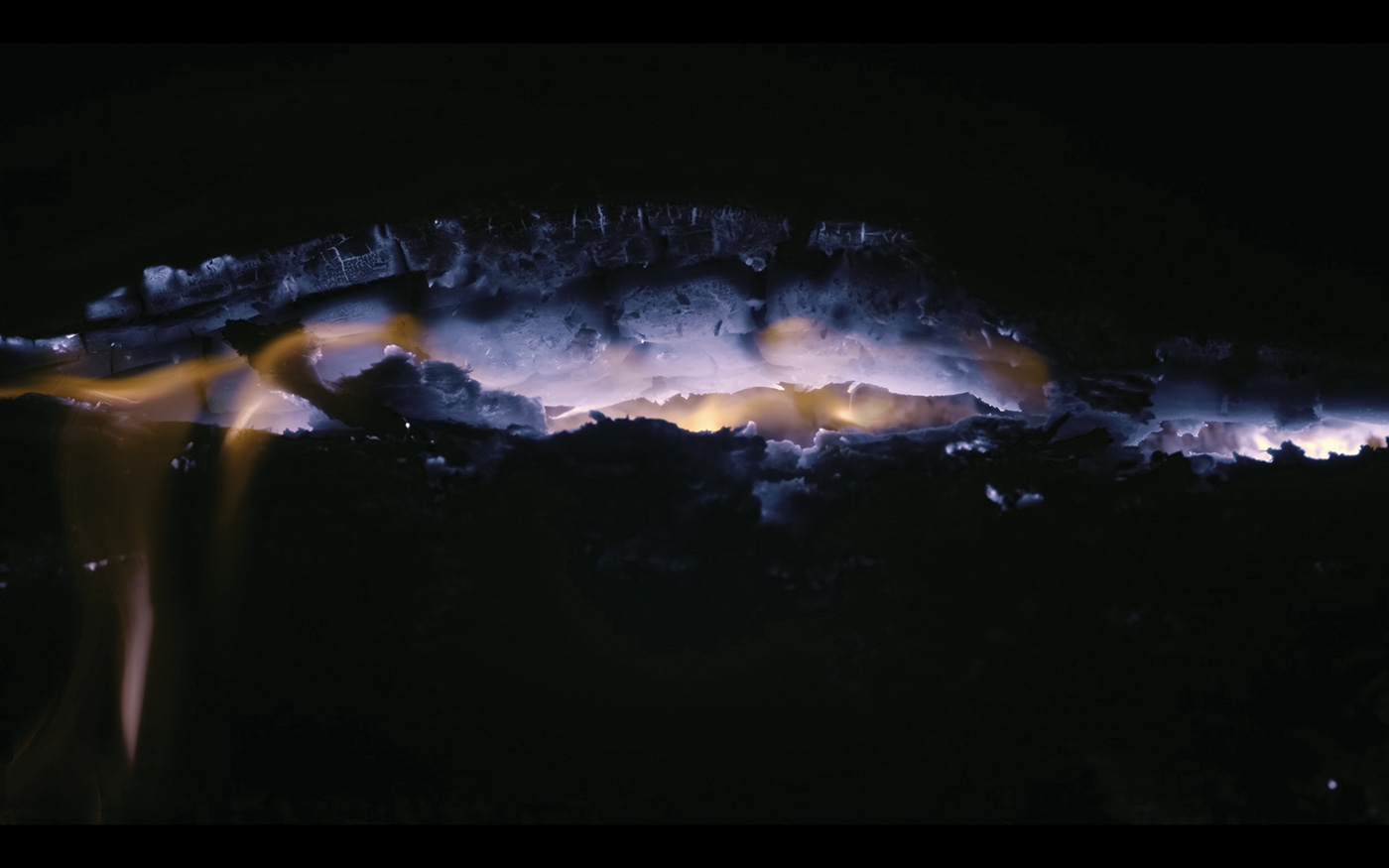
Léonard Pongo
Tales From The Source
Film expérimental | 0 | couleur | 38:19 | Belgique, Congo (RDC) | 2024
Tales from the Source propose un regard sur les paysages de la République démocratique du Congo afin de traduire quelque chose de leur puissance, de leur diversité et de leur savoir insondables. Le paysage y apparaît comme un personnage à part entière — une entité vivante, habitée par les symboles des traditions congolaises. L’approche visuelle emprunte aux techniques de l’imagerie multispectrale, produisant une expérience d’un autre monde, traversée de lumières et de couleurs surréelles. Associée à une composition musicale originale de Bear Bones, Lay Low, l’œuvre nous plonge dans un dialogue sensoriel avec le paysage, un être intelligent et sans âge, en transformation constante, qui vient défier notre perception.
Léonard Pongo (né en 1988 à Liège, Belgique) est un artiste visuel et cinéaste vivant et travaillant entre la Belgique et la République démocratique du Congo. Son travail explore les complexités de la perception et de la représentation, tout en remettant en question les représentations conventionnelles de la RDC, en s’attachant aux récits et symboles traditionnels et à leur relation au territoire. Formé à l’origine au photojournalisme, Pongo entame son parcours artistique en 2011 lorsqu’il se rend en RDC pour couvrir les élections présidentielles. Cette expérience transforme profondément son approche : il passe d’une documentation objective à une pratique plus subjective et expérientielle. Sa famille et les communautés locales l’encouragent alors à dépasser sa perspective initiale pour développer un regard plus nuancé et intime sur la vie congolaise. Pongo est reconnu pour ses installations multimédias combinant textiles, photographie, techniques d’impression variées et images en mouvement. Son travail s’enracine dans les cosmologies et traditions orales congolaises, en particulier dans l’idée que « tout n’est pas visible ». Grâce à des techniques spécialisées — dont la photographie en spectre complet, qui capte des longueurs d’onde invisibles à l’œil humain — il révèle des dimensions du paysage et de l’expérience habituellement dissimulées. Son projet au long cours The Uncanny (2011–2017) explore le quotidien en RDC à travers des images en noir et blanc empreintes d’une atmosphère onirique, tandis que Primordial Earth (2017–en cours) se concentre sur le territoire, mobilisant photographie couleur, textiles et installations vidéo pour évoquer une sensation de spiritualité et d’interconnexion. Son dernier film, Tales from the Source (2021–2024), prolonge cet ancrage dans les récits traditionnels, en s’attachant aux cultures luba et en soulignant l’imbrication profonde entre culture et environnement. Sa démarche collaborative implique un travail étroit avec les communautés à travers la RDC, puisant dans leurs savoirs, récits et traditions, afin de créer des formes visuelles qui prolongent la lignée des traditions luba en forgeant des expressions contemporaines liées aux concepts et visions ancestraux. Son travail a été exposé à l’international dans des institutions majeures telles que le Bozar – Palais des Beaux-Arts de Bruxelles, la Tate Modern à Londres, la Biennale de Dakar (Sénégal) ou encore le Nasher Museum of Art à Duke University. En 2023, sa première monographie The Uncanny est publiée chez Gost Books, et en 2025 il est sélectionné parmi les « Future Greats » d’ArtReview par le photographe Roger Ballen.
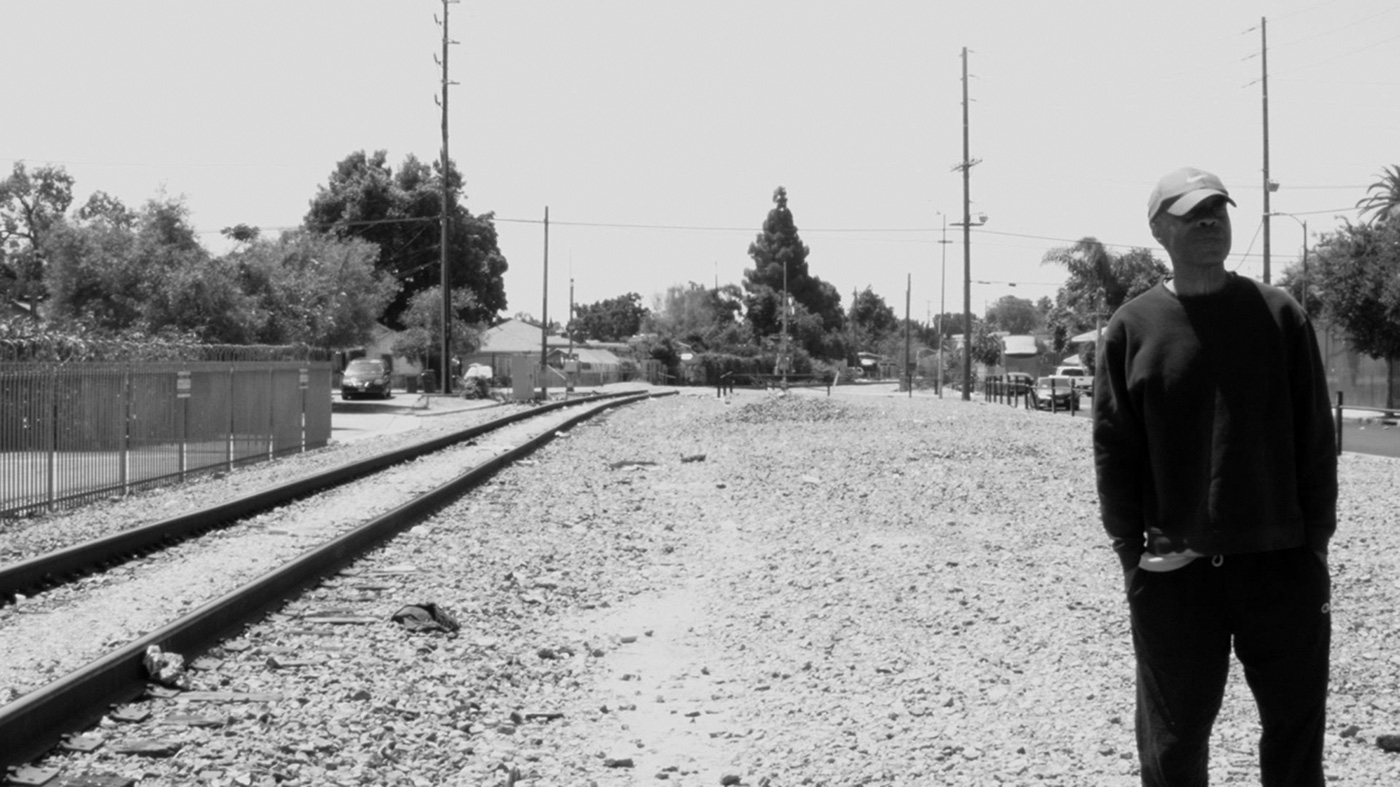
Lucia Prancha
CHARLES
Doc. expérimental | hdv | noir et blanc | 2:38 | Portugal, USA | 2025
Do you remember the scene in Killer of Sheep (1978) où les enfants jouent sur des voies ferrées abandonnées ? La scène se déroule dans le quartier de Watts, en Californie. Le réalisateur Charles Burnett a emmené l’artiste Lúcia Prancha sur plusieurs lieux de tournage de ses films à Los Angeles
Lúcia Prancha (1985, Lisbonne) est une artiste qui vit et travaille à Barcelone. Lúcia est diplômée en peinture de la FBAUL (2009, PT) et a obtenu un Master en arts à CalArts – California Institute of the Arts (2015, USA). Son travail a été exposé au Pavilhão Branco, Museu da Cidade, Lisbonne ; au 19 Crac de Montbéliard ; au Centro de Arte Oliva ; au Sesc-Pompeia, São Paulo ; à LACA – Los Angeles Contemporary Archives ; au Hordaland Kunstsenter, Bergen ; à la Fondation Serralves, Porto ; à la Galeria Dynamo, Porto ; à la Galeria Leme, São Paulo ; au Musée Berardo, ainsi qu’à la Biennale de São Paulo. Ses vidéos ont été projetées à la Cinemateca Portuguesa ; à INTERSECCIÓN, La Corogne ; à Curtas Vila do Conde ; aux Rencontres Internationales Nouveau Cinéma et Art Contemporain de Paris ; et à la Haus der Kulturen der Welt, Berlin. Elle participe actuellement à « El vértigo de las imágenes », XVIIIe Biennale Internationale de Photographie – Fotonoviembre, au TEA – Tenerife Espacio de las Artes et au Centro de Fotografía Isla de Tenerife, ES. De septembre à novembre, elle sera en résidence artistique à la Cité Internationale des Arts à Paris.
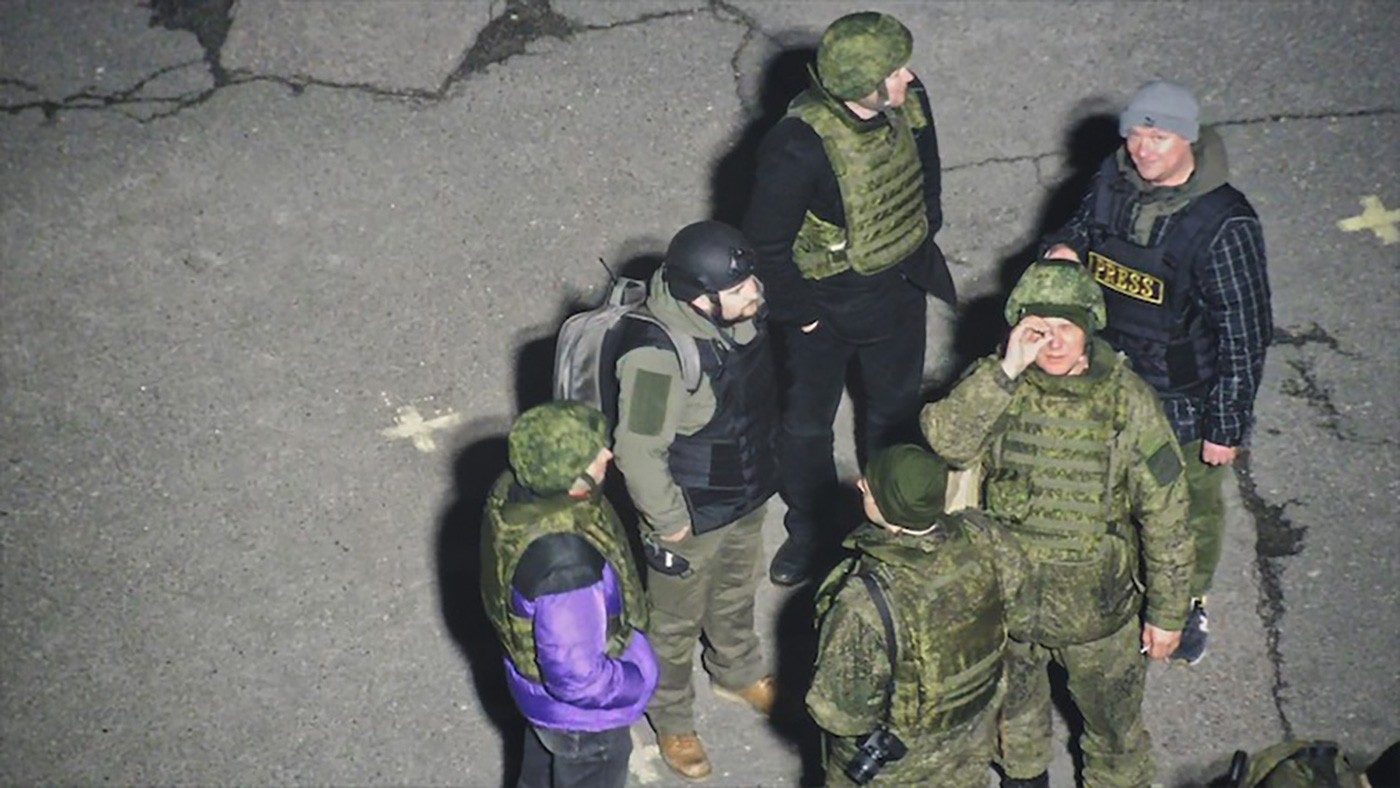
Oleksiy Radynski
Special Operation
Documentaire | mp4 | couleur et n&b | 65:0 | Ukraine | 2025
La zone de Tchernobyl – le site de la pire catastrophe nucléaire de l’histoire – a été occupée par les troupes russes le 24 février 2022, dans les toutes premières heures de leur invasion totale de l’Ukraine. Les Russes avaient transformé le territoire de la centrale nucléaire de Tchernobyl en base militaire pour leurs troupes, dans une tentative d’occuper la capitale ukrainienne, Kyiv, située à seulement une centaine de miles. Ils avaient capturé le personnel de la centrale, contraint de poursuivre ses fonctions sans repos ni sommeil. Le plan russe était de rester à Tchernobyl seulement trois jours : c’était le délai qu’ils imaginaient pour la chute de l’Ukraine. Au lieu de cela, les Russes sont restés coincés sur le site radioactif pendant cinq semaines, pour finalement voir leur armée s’effondrer dans la bataille pour Kyiv. La plupart de leurs activités illégales durant ces cinq semaines ont été enregistrées par le système de vidéosurveillance de la centrale, que les Russes n’ont pas réussi à empêcher de filmer. Special Operation est entièrement constitué de ces enregistrements. Ce film offre une perspective unique sur le fonctionnement interne de la machine militaire russe en Ukraine – et sur l’un de ses échecs les plus retentissants. Les caméras de vidéosurveillance ont enregistré chaque aspect de la présence criminelle russe sur le site contaminé de la centrale nucléaire de Tchernobyl – des violations flagrantes des règles de sûreté nucléaire aux visites mises en scène par les propagandistes de la télévision russe. Nous avons obtenu ce matériau exceptionnel – jamais rendu public auparavant – auprès des forces de l’ordre ukrainiennes dans le cadre de notre effort de longue durée pour documenter les crimes de guerre russes à Tchernobyl, et pour contribuer à mener leurs responsables devant la justice. Chaque plan de ce film est une pièce à conviction représentant un crime de guerre relevant du terrorisme nucléaire. Avec ce film, nous souhaitons rendre ces preuves visibles – et, ce faisant, exposer l’incompétence profonde, et inquiétante, de l’armée russe.
Oleksiy Radynski est un cinéaste et écrivain basé à Kyiv. Son travail filmique explore des formes documentaires expérimentales ainsi que des pratiques relevant du cinéma politique. Ses films ont été présentés dans des festivals et expositions à travers le monde, notamment la Berlinale, l’International Film Festival Rotterdam, Doclisboa, le Thessalonique IFF, Dokufest, l’Institute of Contemporary Arts (Londres), e-flux (New York), la Taipei Biennial, Docudays (Kyiv), Sheffield DocFest, le Krakow IFF, DOK Leipzig, entre autres. Ses œuvres ont reçu de nombreuses distinctions, dont le Grand Prix du Festival International du Court Métrage d’Oberhausen pour Chornobyl 22. Depuis le début de l’invasion russe à grande échelle en Ukraine, il collabore avec The Reckoning Project.
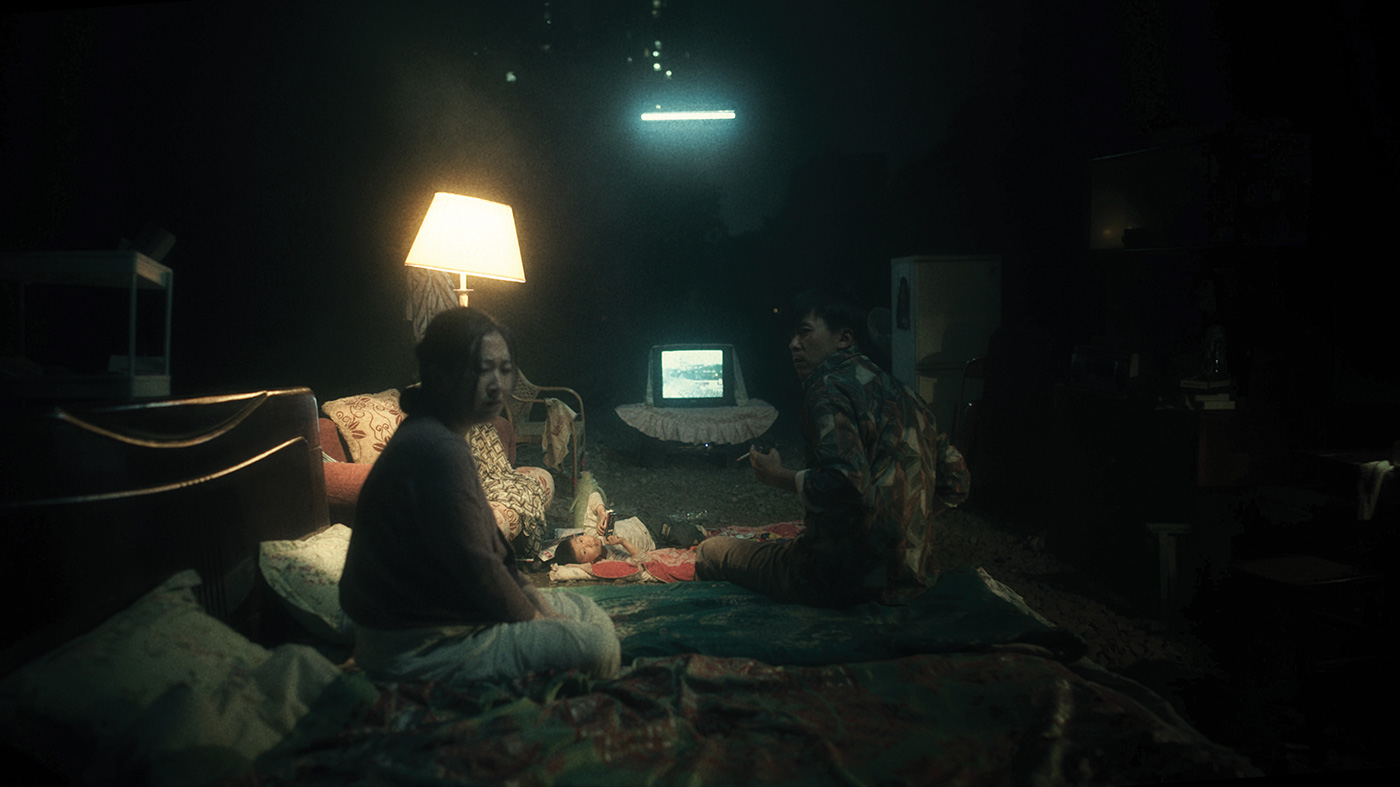
Zhu Renjie
Fare Thee Well
Fiction | mp4 | couleur | 25:0 | Chine | 2024
Sous l’effet papillon déclenché par la deuxième vague de réformes et d’ouverture de la Chine, une petite famille se retrouve prise dans un ouragan continu. De nombreuses années plus tard, Yang Xiaolong reçoit quatre lettres de son père, disparu de sa vie depuis longtemps. Ainsi, le fil textuel — « le pays grandit et la famille se brise » — déverrouille en lui des souvenirs d’enfance longtemps enfouis…
Renjie ZHU, réalisateur et directeur de la photographie né en 1992, a vécu dans l’ancienne ville d’Anyang puis dans la métropole de Shenzhen en raison de circonstances familiales. Il réside aujourd’hui à Hangzhou. Diplômé de l’Académie des arts de Chine, où il a obtenu sa licence et son master, il y poursuit actuellement un doctorat en création filmique. Son travail a remporté le New Wings Promotion Award lors de la Golden Rooster Youth Short Film Season, ainsi que le prix Qilin Outstanding Short Film au In Moment Film Festival. Ses films ont également été sélectionnés au Beijing International Short Film Festival, au Light My Fire Youth Film Festival, entre autres.
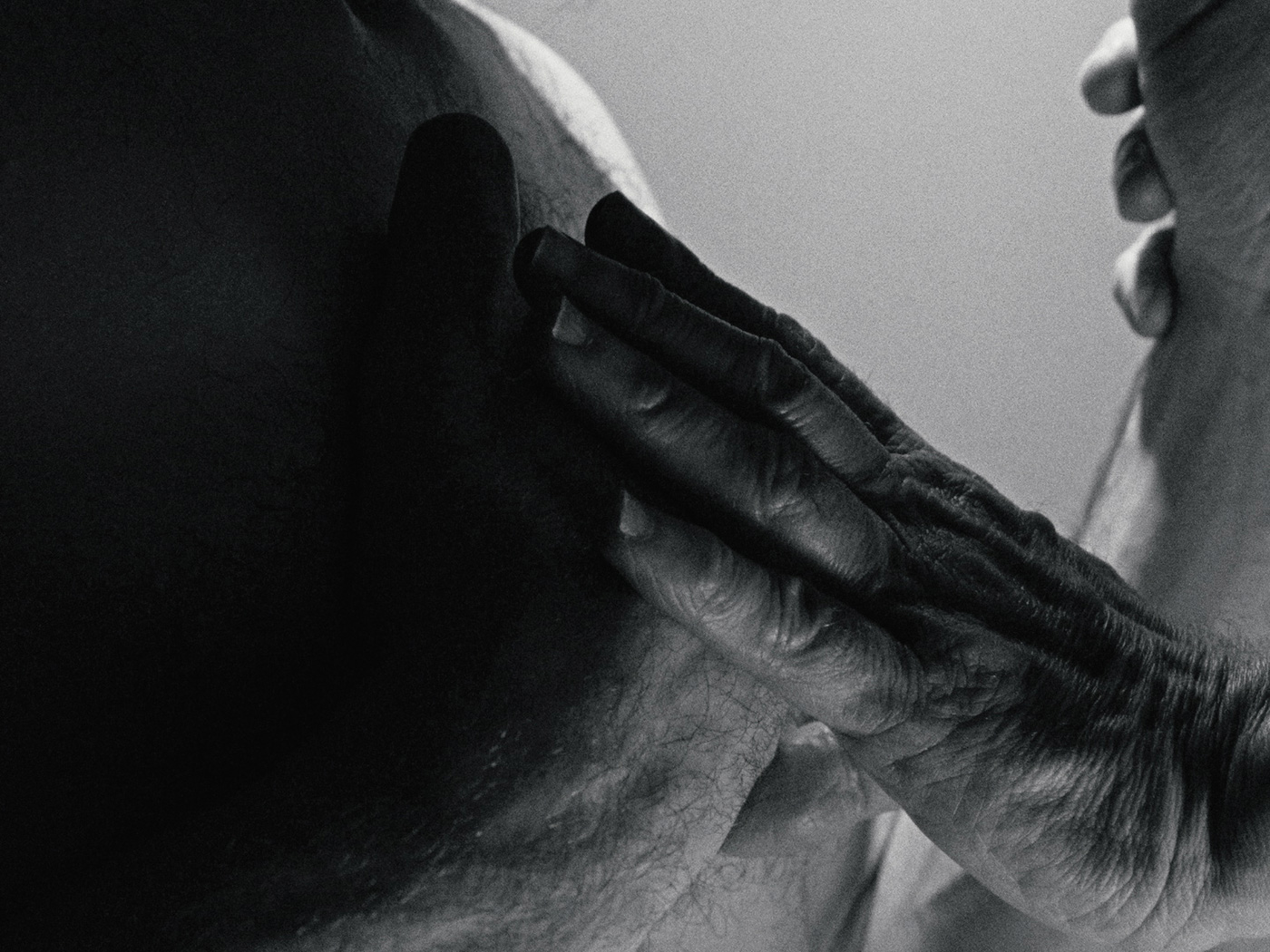
Louis Rizzo Naudi
In Here
Fiction expérimentale | mov | couleur et n&b | 8:50 | Royaume-Uni | 2024
« Nous rêvons de voyager à travers l’univers… mais l’univers n’est-il pas en nous ? Nous ne connaissons pas les profondeurs de notre esprit. Le chemin mystérieux mène vers l’intérieur. L’éternité, avec ses mondes du passé et du futur, est en nous ou n’est nulle part. Le monde extérieur est un monde d’ombres ; il projette son ombre dans le royaume de la lumière. À présent, en effet, il semble si sombre, solitaire, informe en nous ; mais combien différent il nous apparaîtra lorsque cette éclipse sera passée, et que le corps et l’ombre se seront retirés. Nous jouirons plus que jamais, car notre esprit aura été privé. » — Novalis, Pollen (1798). Traduction et adaptation à partir de l’édition allemande originale, avec l’aide de la traduction anglaise de W. Hastie dans Hymns and Thoughts on Religion (1888).
Louis Rizzo Naudi est un cinéaste britanno-maltais. Sa pratique explore l’expérience du sublime et la nature construite de la perception visuelle, sa caméra se tournant souvent vers les phénomènes naturels, les paysages et la technologie. Il est titulaire d’une licence en études cinématographiques de King’s College London — où il a reçu le prix de mémoire pour son essai consacré au sublime dans les images de la Station spatiale internationale — ainsi que d’un master en anthropologie cognitive et évolutionnaire de l’Université d’Oxford, où il a mené des recherches sur la manière dont les expériences du sublime peuvent encourager des comportements prosociaux, tels que la générosité. Ses films ont été projetés dans toute l’Europe, notamment à l’International Film Festival Rotterdam, au Festival international du film de Karlovy Vary, au British Film Institute et au Tate St Ives, et ont également été utilisés comme supports de relaxation dans des hôpitaux, pour des patient·es en cours de procédure médicale.

Clement Roussier
MYRNINEREST
Doc. expérimental | hdcam | couleur | 14:16 | France | 2025
Seule dans sa chambre une femme danse; un touriste erre dans les rues animées de Tokyo ; une poète parle de rivières, de pitié et de fantômes.
Clément Roussier est né en 1984. Il est l'auteur de deux recueils de poésie (Maintenant il est toujours trois heures; Fondane) publiés en 2025 aux éditions Derrière la salle de bain; ainsi que d'un roman, Sullivan et les ciels de feu des soirs de la savane, publié en 2020 chez l'École des Loisirs. Dans le silence et dans le bruit, sa première réalisation, remporte le Grand Prix de la Compétition Française au FID Marseille 2023.
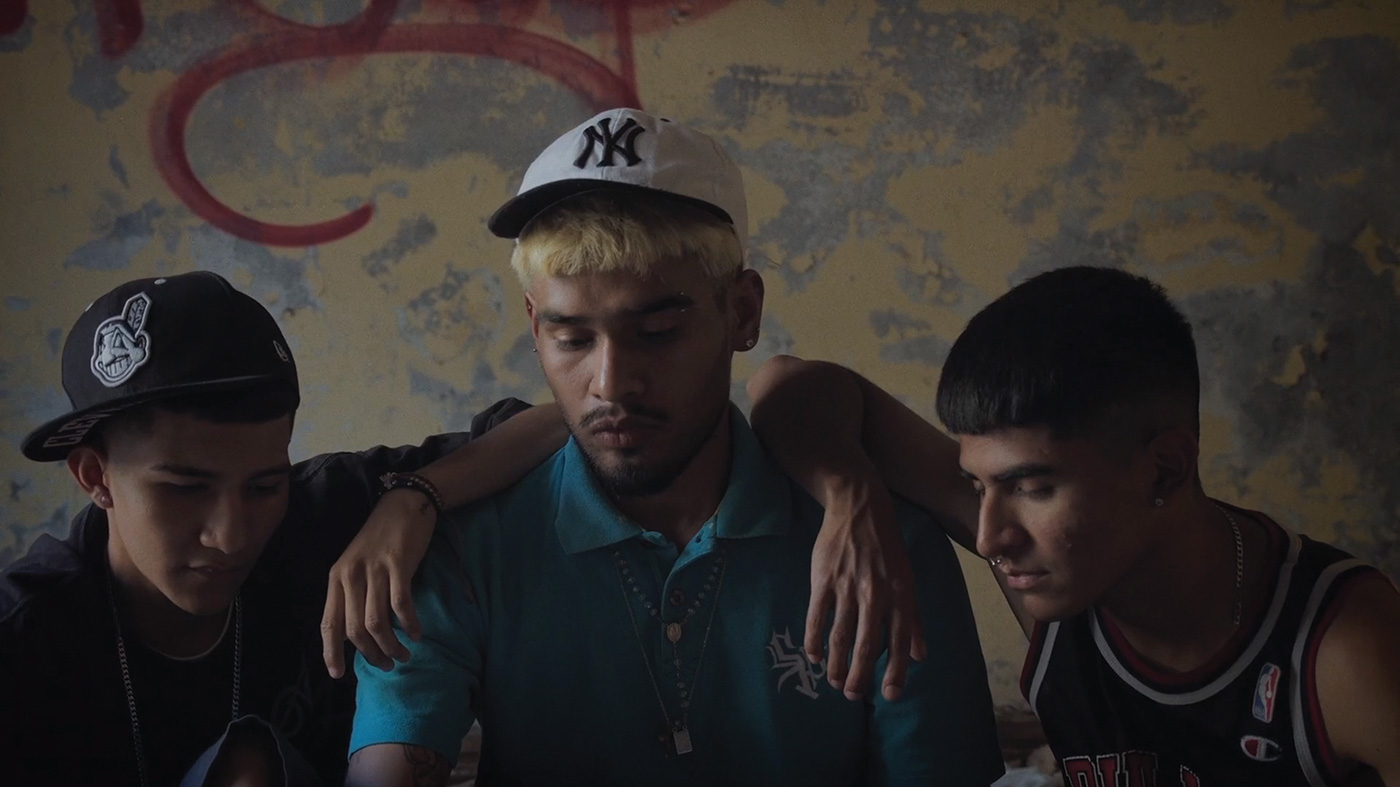
Mauricio Saenz
Niño halcon duerme entre visiones de un incendio
Fiction expérimentale | 4k | couleur | 18:0 | Mexique | 2024
Un oiseau kamikaze qui s’est lancé dans un voyage vers un lieu sauvage, sans retour possible. Une représentation de l’état de violence débordante engendrée par le narcotrafic, à travers la vision onirique d’un adolescent marginal recruté par un cartel.
Mauricio Sáenz (né en 1977, Matamoros, Mexique) est un artiste visuel dont la pratique englobe l’installation, la sculpture et la vidéo. Son travail explore les limites de l’impossible en tant que moteur actif de transformation, à travers des notions telles que l’isolement, l’enfermement, l’incertitude et la mémoire historique. Il est titulaire d’un master de l’Université polytechnique de Valence, en Espagne, et a présenté son travail au Museo de Arte Carrillo Gil et au Foto Museo Cuatro Caminos à Mexico, à la Galerie Art Virus à Francfort, ainsi qu’à la Jonathan Ferrara Gallery à La Nouvelle-Orléans. Ses œuvres ont également été montrées dans des festivals de vidéo-art tels que Proyector et MADATAC en Espagne, Traverse et Instants Vidéo en France, ou encore FIVA en Argentine, parmi d’autres.
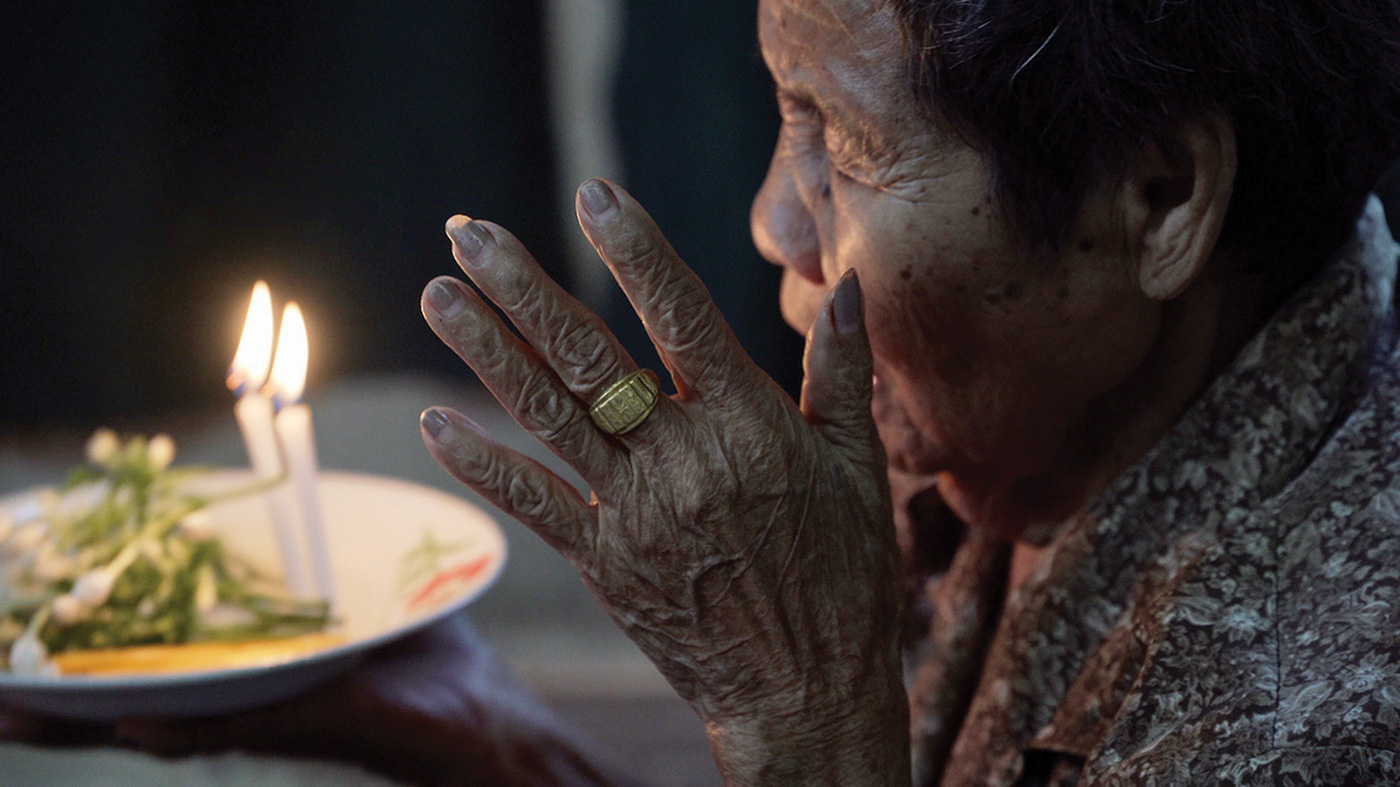
Taiki Sakpisit
The Spirit Level
Vidéo expérimentale | 4k | couleur et n&b | 20:30 | Thaïlande | 2024
The Spirit Level médite sur les traumatismes et la violence qui traversent la Thaïlande troublée, reflétés à travers les voyages en voiture de l’artiste dans la région nord-est du pays, le long du fleuve Mékong. Le film commence avec une rivière descendant de la cascade Than Thong pour se jeter dans le Mékong, et explore une grotte souterraine mythique qui, selon la légende, abritait un royaume enfoui sous le Mékong, là où réside le divin Naga dans le monde inférieur. Au cœur de The Spirit Level se trouve une séquence frénétique montrant une médium en plein état de possession. Cet épisode épileptique émule un effet de rétroaction optique, suscitant des images spectrales semblables à une transe, alors que l’entité spirituelle s’inscrit dans le corps de la médium. Progressivement, ces images hallucinées se délitent et sont interrompues par une image figée. Cette suspension du temps surgit pour commémorer les esprits disloqués des trois militants anti-gouvernementaux dont les corps mutilés furent retrouvés dans le Mékong en décembre 2019. Exilés depuis le coup d’État de 2014, ils furent kidnappés par un escadron de la mort officiellement soutenu. Leurs corps furent découverts menottés, éventrés, lestés de blocs de béton, enveloppés dans des sacs de riz brun, puis jetés dans le fleuve. Il s’agit de l’un des innombrables cas de disparitions forcées et d’assassinats de dissident·e·s politiques perpétrés par l’État depuis les années 1970, une violence toujours en cours et jamais résolue. The Spirit Level évoque ainsi les courants souterrains d’obscurité qui ondulent sous la surface d’une Thaïlande profondément problématique.
Taiki Sakpisit (???? ?????????????) est un cinéaste et artiste visuel basé à Bangkok, reconnu pour son approche innovante du récit et son exploration profonde de l’histoire complexe de la Thaïlande. À travers le prisme du cinéma, Sakpisit met à nu le passé tumultueux du pays, imprégnant ses films expérimentaux d’un engagement politique subtil mais retentissant. Ses œuvres sondent les tensions, les conflits et les anticipations sous-jacentes de la Thaïlande contemporaine, méticuleusement façonnées par des assemblages audiovisuels précis et sensoriellement saisissants. Utilisant une vaste gamme de sons et d’images, Sakpisit crée des expériences immersives qui défient les récits conventionnels et suscitent la réflexion. Son long métrage The Edge of Daybreak a remporté le prix FIPRESCI au Festival international du film de Rotterdam pour sa « mise en scène d’une atmosphère mystérieuse et d’images riches dépeignant le traumatisme et la violence, pour sa capacité à aborder quarante ans de bouleversements politiques à travers un voyage cinématographique puissant et hypnotique, et pour sa volonté d’affronter le passé afin de confronter le présent et l’avenir ». Ses œuvres récentes ont été présentées à la 14e Biennale de Gwangju, au Museum of Contemporary Art de Busan, à la Bangkok Art Biennale 2024, à la 14e Biennale du Mercosur ainsi qu’à la Thailand Biennale.
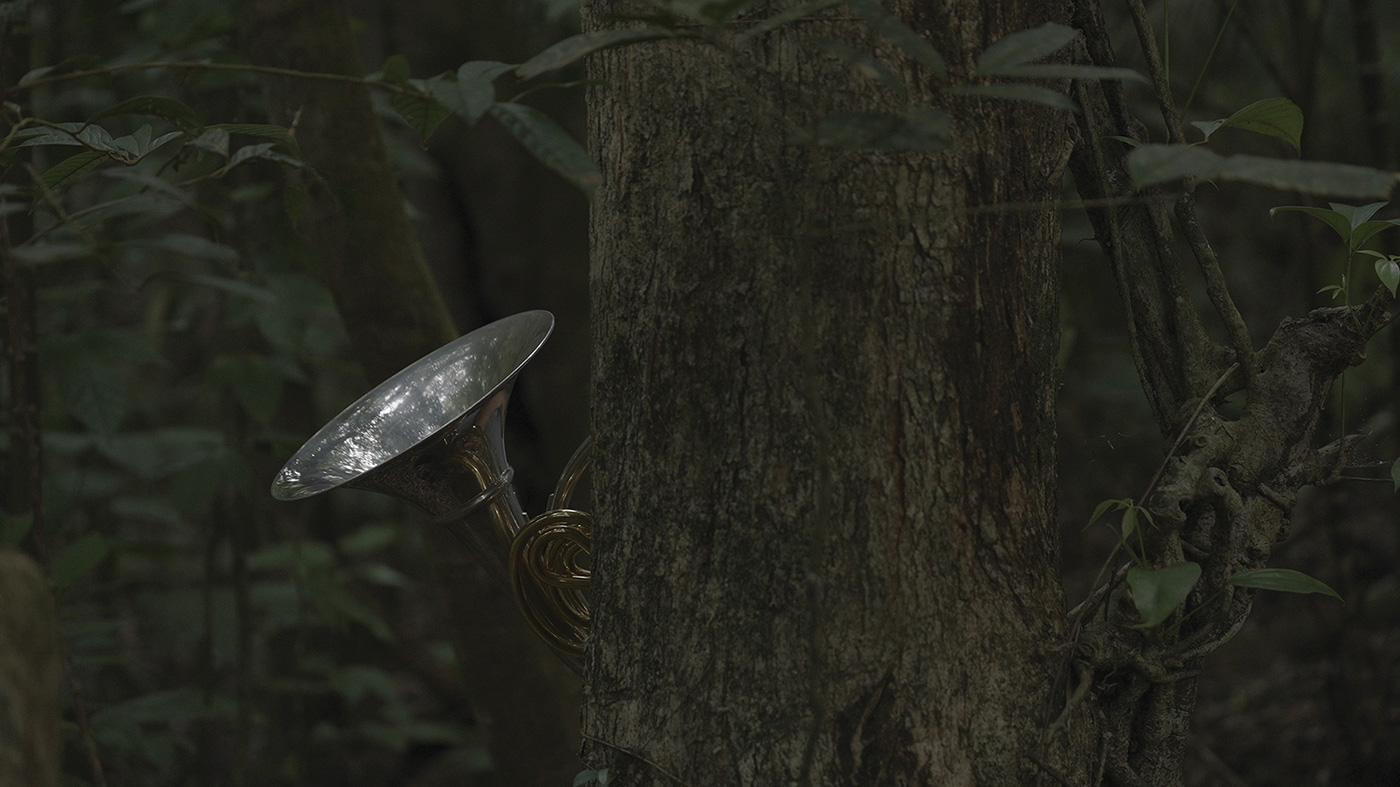
Mark Salvatus
Should the Source of Fulfillment Be Seen with Our Eyes
Vidéo expérimentale | hdv | couleur | 16:25 | Philippines | 2024
Kung ang Makagiginhawa ay Matingnan ng Ating mga Mata (Should the Source of Fulfillment Be Seen with Our Eyes) – 2024 Cette œuvre explore les ethno-écologies du mont Banahaw — la manière dont le monde plus-qu’humain qui l’entoure façonne, et est façonné par, les imaginaires culturels. Elle tisse ensemble les recherches continues de Salvatus sur les histoires vernaculaires du mont Banahaw et de Lucban, rassemblées à partir d’archives familiales, de récits populaires et de motifs mythiques. Elle examine plusieurs trajectoires de renouveau millénariste qui convergent vers le mont Banahaw en tant que topos mystique et ethno-écologique : d’une révolution destinée à encourager les populations locales à trouver leur propre idiome de discernement religieux, à une histoire de fanfares et de musiciens et leur rôle dans une modernité régionale postcoloniale, jusqu’à la propre pratique d’assemblage et de « salvaging » de Salvatus qui nous inscrit dans ce monde mystique partagé, éveillant en nous un esprit politique à l’échelle planétaire.
Mark Salvatus, artiste philippin originaire de Lucban et vivant à Manille, décrit son approche artistique étendue sous le terme de « Salvage Projects ». Ce concept, qui fait écho à son nom, constitue un cadre à partir duquel se déploient ses multiples investigations portant sur les vestiges de la politique urbaine, les strates narratives de l’histoire nationale, et le mouvement incessant de la vie contemporaine. Travaillant à travers une pluralité de disciplines — objets, photographie, vidéo, installations et pratiques participatives — Salvatus conçoit des formes d’engagement directes et indirectes qui mettent en lumière les résultats multiples des énergies, des significations et des expériences.
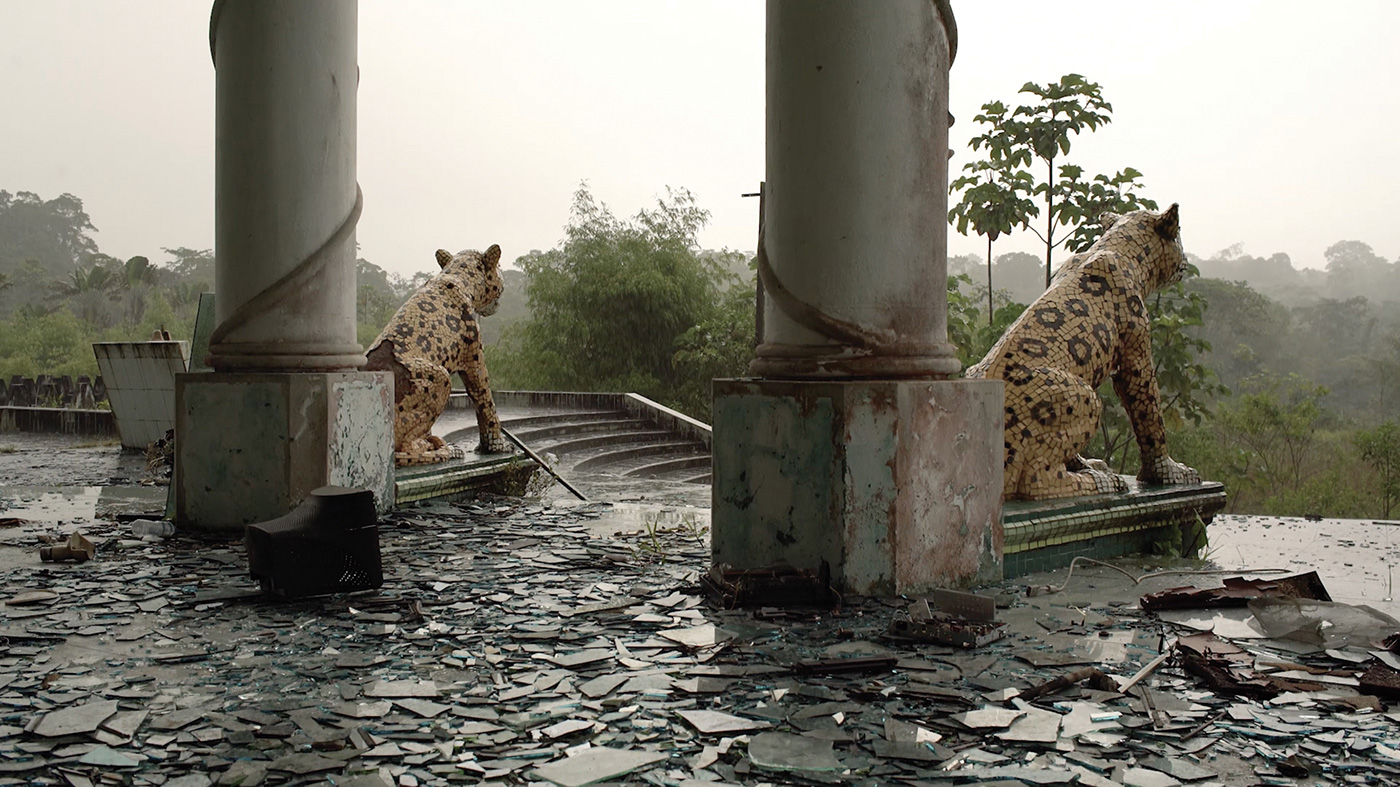
Susannah Sayler, Edward Morris
The Amazon is Elsewhere
Film expérimental | 4k | couleur et n&b | 12:0 | USA | 2025
Amazon is Elsewhere est un court métrage qui médite sur l’inconnaissabilité et la puissance de l’Amazonie pour celles et ceux qui n’y vivent pas. Pour beaucoup, l’Amazonie symbolise « les poumons de la Terre » ou la « Nature » elle-même. Pour les peuples autochtones de la région, dont nombre n’ont pas de mot distinct pour désigner la jungle ou la forêt, c’est simplement la maison. Le film se concentre sur un bâtiment situé à l’orée de la jungle : un mélange de styles architecturaux où les arbres traversent les sols en béton, où les plantes poussent dans des colonnes pseudo-corinthiennes, et où des jaguars en carreaux de céramique gardent l’entrée. Des images générées par IA expriment des forces à l’œuvre, à la fois dans le bâtiment et dans la jungle, dont il est difficile de savoir si elles sont maléfiques ou salvatrices. Le film s’inscrit dans un ensemble de travaux qui cherchent à comprendre comment représenter l’Amazonie à la lumière de la multiplicité de significations refractées dont elle est porteuse.
Susannah Sayler et Edward Morris (Sayler/Morris) travaillent la vidéo, la photographie et l’installation pour interroger nos conceptions changeantes de la nature, de la culture et de l’écologie. Leur pratique est souvent ancrée dans des lieux précis et s’appuie fortement sur la recherche historique. Ils ont reçu de nombreuses distinctions, parmi lesquelles la bourse Guggenheim (2023), le New York Artist Fellowship (2016), la Smithsonian Artist Research Fellowship (2014), le Center for Art and Environment Research Fellowship (2013), ainsi que la Loeb Fellowship de la Harvard Graduate School of Design (2008). Leur travail a été largement exposé aux États-Unis et à l’international, notamment au Massachusetts Museum of Contemporary Art, à la Kunsthal de Rotterdam, au North Carolina Museum of Art, au Belvedere Museum et au Southeast Center for Contemporary Art. Sayler enseigne actuellement au sein du département Film and Media Arts de l’Université de Syracuse, tandis que Morris est directeur exécutif du Marble House Project. Leurs archives sont conservées au Nevada Museum of Art / Reno, Center for Art and Environment. En 2006, Sayler/Morris ont cofondé The Canary Project, un studio produisant des médias visuels et des œuvres destinées à approfondir la compréhension publique du changement climatique. En 2021, ils ont fondé Toolshed, une plateforme visant à relier pensée écologique et action.
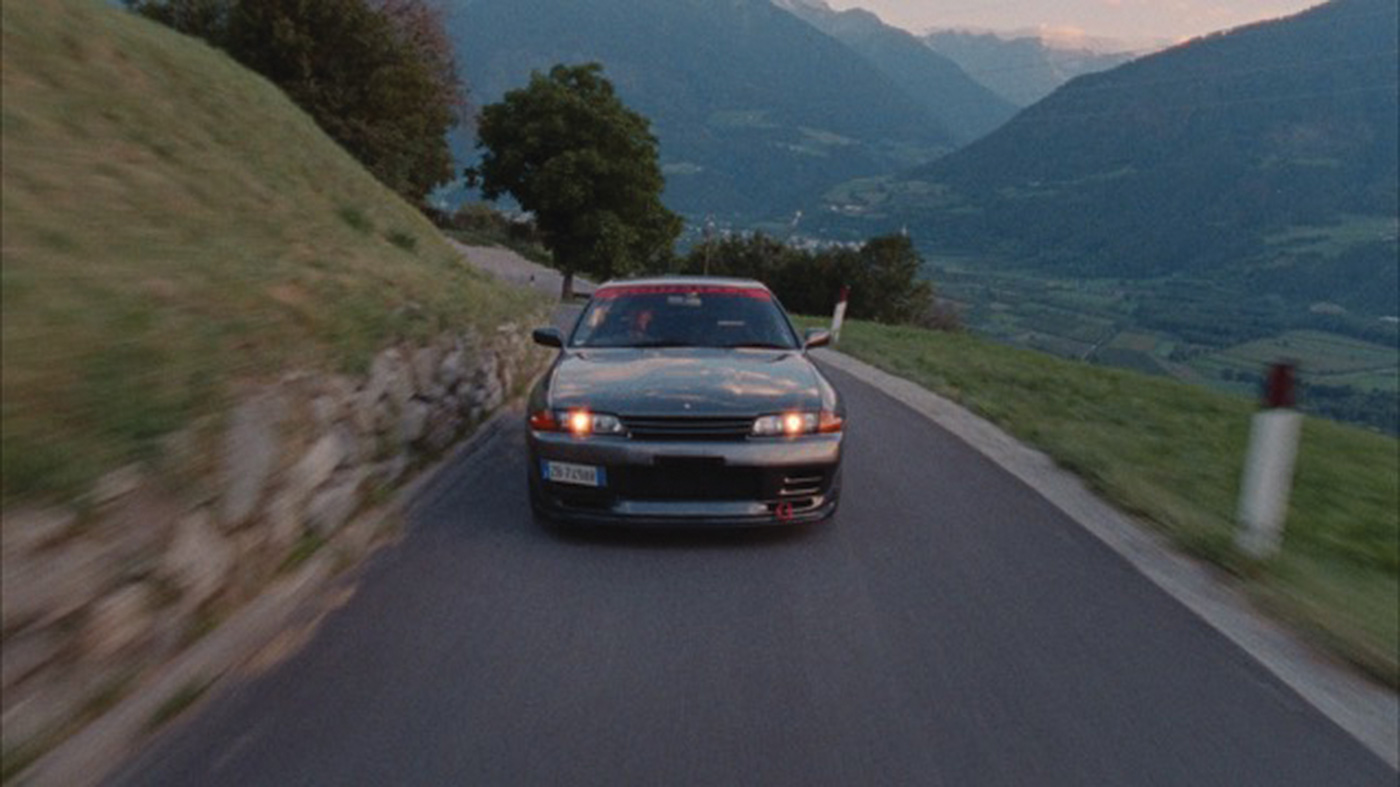
Kevin Sepp
GOODBYE REGINA
Doc. expérimental | 16mm | | 8:48 | Allemagne | 2025
La Alpes italiennes du Sud n’est pas réputée pour sa scène tuning, et pourtant, elle existe. Un petit groupe de jeunes hommes s’y est retrouvé pour exprimer à sa manière son attachement au territoire. Leurs voitures de sport japonaises glissent étrangement à travers les villages historiques, le long des pentes alpines et au cœur de paysages à couper le souffle. GOODBYE REGINA est une lettre d’adieu du réalisateur à sa grand-mère, qui a grandi dans ces montagnes. Le film explore le lien entre l’ancien et le nouveau, sans les opposer. Dans un paysage où rien ne semble changer, les machines apparaissent comme des créatures issues de cette nature même. Il en résulte une sorte de documentaire naturaliste, une collection d’impressions loin des images de carte postale destinées aux touristes.
Kevin Sepp est un réalisateur et monteur basé à Berlin. Issu des sciences humaines, il est un cinéaste autodidacte dont l’intérêt pour des formes courtes et visuellement denses l’a conduit à travailler dans le domaine du film commercial. En parallèle de ses projets commandités, il poursuit une recherche personnelle et continue d’explorer de nouvelles possibilités. Ses collaborations avec des musicien·nes et d’autres artistes influencent fortement sa perception du son à l’image et façonnent l’atmosphère de son travail. Ses films ont été présentés dans des festivals tels que le Berlin Commercial et les Berlin Music Video Awards, ainsi que sur des plateformes comme Directors’ Library, Sleek Magazine et Crack Magazine.